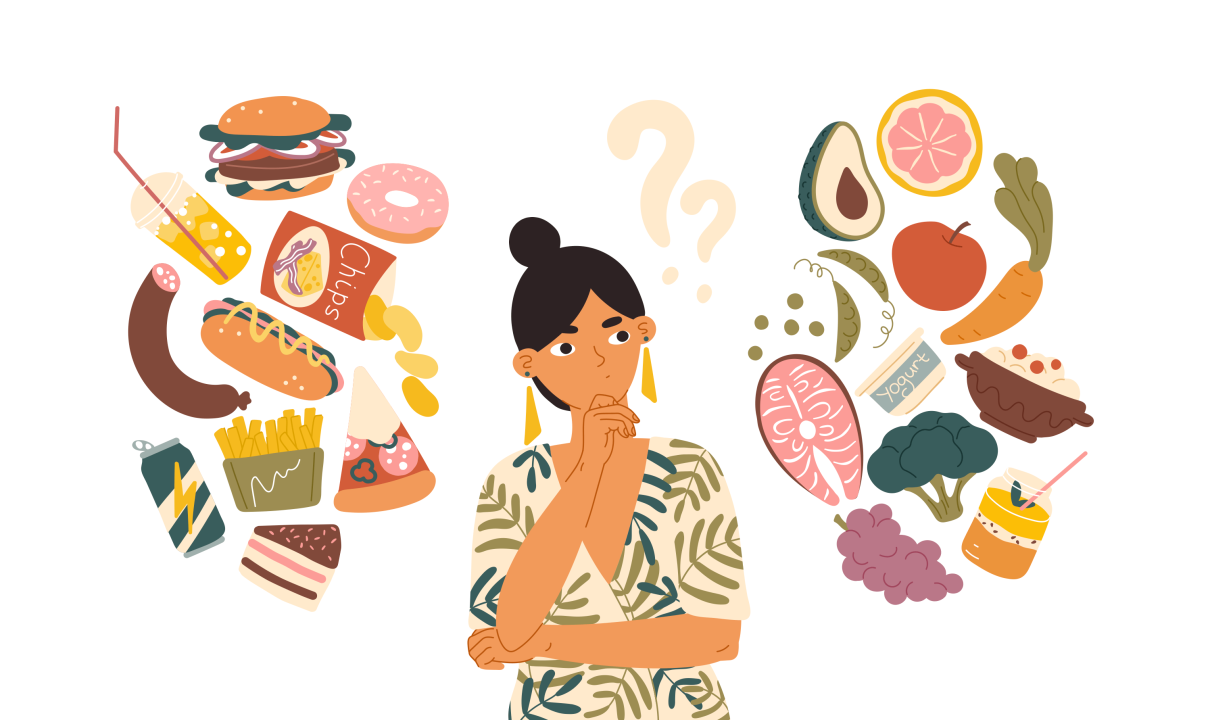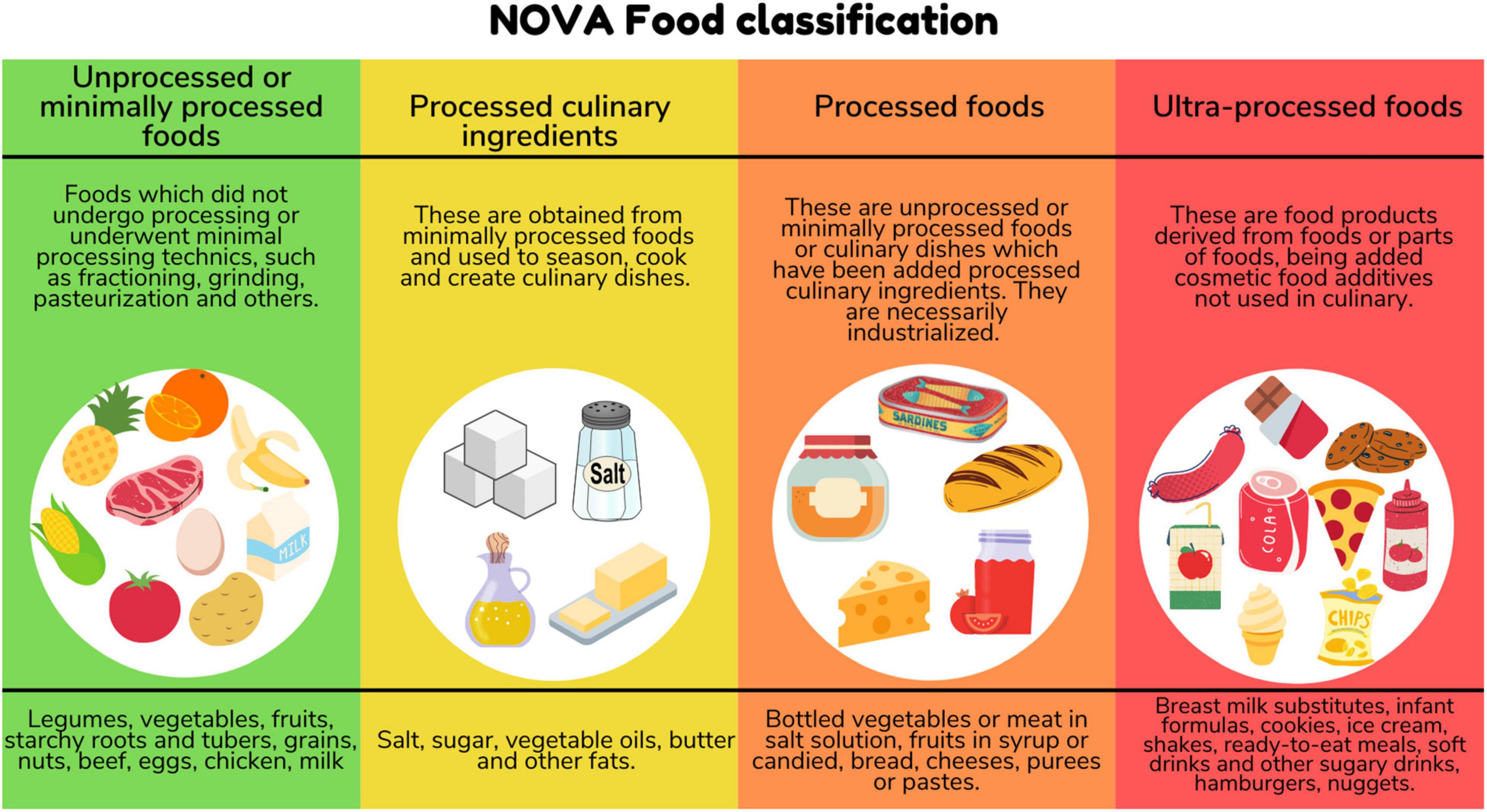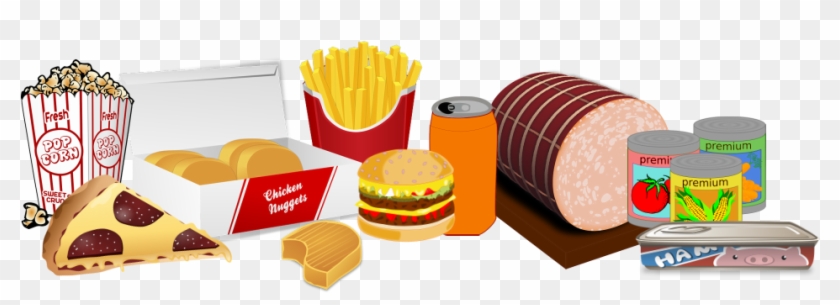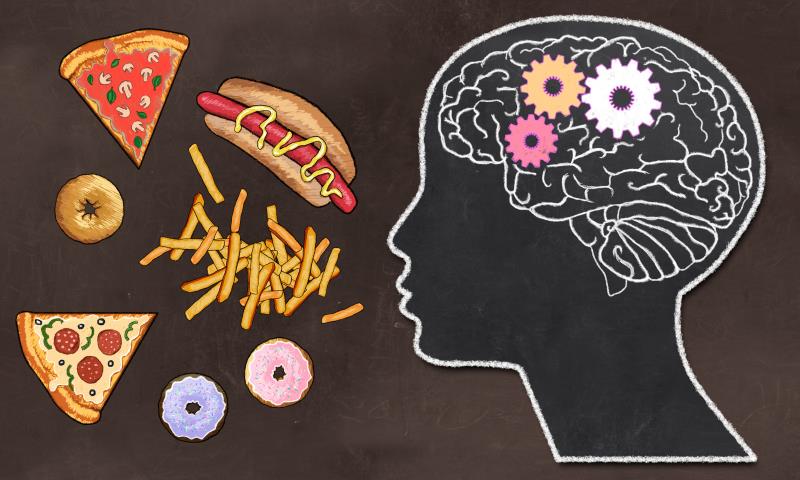 It started out as a typical fun night out with friends until… the conversation turned to food. To be clear, we often talk about food! But on this particular night, I threw out the question: Who understands the difference between minimally processed, processed and ultra-processed? Oh wow! The groaning and eye-rolling from this group were comical! People were throwing out questions and comments such as What do I have to know now? and Why do we have to care? and Don’t tell me I can’t eat my favorite food! Needless to say, an exuberant and sometimes opinionated conversation was sparked.
It started out as a typical fun night out with friends until… the conversation turned to food. To be clear, we often talk about food! But on this particular night, I threw out the question: Who understands the difference between minimally processed, processed and ultra-processed? Oh wow! The groaning and eye-rolling from this group were comical! People were throwing out questions and comments such as What do I have to know now? and Why do we have to care? and Don’t tell me I can’t eat my favorite food! Needless to say, an exuberant and sometimes opinionated conversation was sparked.
Some of my friends knew the answers and others weren’t sure. Many said they were overwhelmed with the amount of health and food information that they are constantly bombarded. We wanted answers and a simple way to adapt this information in our daily lives. So we did some digging to understand…
What you need to know.
There are multiple ways to classify food in the scope of “processed.” For this purpose we are using the NOVA classification to really dial down into what and how food is processed.
- Group 1. Unprocessed and Minimally Processed : Whole foods such as vegetables, fruits, grains, beans, milk, eggs, meats, poultry, fish and nuts fall into this category. Minimally processed foods may have been altered during preparation such as roasting, baking, boiling, or pasteurization to make them safe to eat. For example, a pre-cut and cleaned bagged salad, frozen berries or a hard-boiled egg are minimally processed foods.

- Group 2. Processed Culinary Ingredients: This group includes foods and ingredients from Group 1 that have been processed to become an ingredient, such as pressing olives to become olive oil or grinding peppercorns to become pepper. Group 2 foods are mainly used in preparing and cooking Group 1 foods.
- Group 3. Processed Foods: This group includes items made by adding ingredients like salt, sugar, or other substances from group 2 to group 1 foods. Examples include homemade bread, fruits in syrup, canned fish and canned beans.
 Group 4. Ultra-processed, or sometimes referred to as Highly-processed: These “foods” are typically high in sugar, hydrogenated fats, modified starches and preservatives. They are commercially prepared and radically changed from their original food (like tomatoes to ketchup) to be convenient and hyper-palatable. Sodas, frozen dinners, hot dogs, boxed mac and cheese, canned soups, potato chips, packaged cookies and crackers, and gasp…ice cream and so many other “convenient” foods fall into this category.
Group 4. Ultra-processed, or sometimes referred to as Highly-processed: These “foods” are typically high in sugar, hydrogenated fats, modified starches and preservatives. They are commercially prepared and radically changed from their original food (like tomatoes to ketchup) to be convenient and hyper-palatable. Sodas, frozen dinners, hot dogs, boxed mac and cheese, canned soups, potato chips, packaged cookies and crackers, and gasp…ice cream and so many other “convenient” foods fall into this category.
We care because…
Most of us know we should strive to be our healthiest, and really seeing the science behind the effects of healthy eating reminds us why we take the time to pick and prepare whole foods and limit ultra-processed choices.
Heart: Longitudinal studies are showing a strong correlation between consumption of ultra-processed foods and health conditions such as obesity, high blood pressure, high cholesterol and even some cancers. An observational study over ten years showed that higher consumption of ultra-processed foods (more than 4 servings per day) was associated with a 62% increased risk of all-cause mortality compared with lower consumption (less than 2 servings per day).
 Brain: In a study of 8,000 people over a nine year period, those who consumed more than 20% of daily calories from ultra-processed foods had a faster cognitive decline in their executive function and global cognition. We all want to remember where our keys are!
Brain: In a study of 8,000 people over a nine year period, those who consumed more than 20% of daily calories from ultra-processed foods had a faster cognitive decline in their executive function and global cognition. We all want to remember where our keys are!
Energy: While ultra-processed foods are often high in sugar, giving a quick boost in energy and mood, the downside is that there is also a steep drop in mood and energy. Slow and steady energy derived from whole and minimally processed foods helps you keep focus, balance your mood and sleep better.
Yes, we can still eat our favorite foods!
Some foods that are considered ultra-processed, like bread or cereals are fortified with vitamins and minerals, such as iron and zinc, vitamin A, assorted B’s and D. However, you want to choose those breads and cereals that don’t have added sugars. Same with yogurts, choose the ones that don’t have added flavors and sugary fruits. If you want blueberry yogurt, choose a plain yogurt and add in your own blueberries.
Moderation is Key: Research shows that a diet that contains less than 40 percent of calories from ultra-processed foods is important for heart health. In a US 2022 study conducted from 2001-2018, participating adults had a diet made up of 57% ultra-processed food calories. Ultra-processed food is often lacking in critical vitamins and minerals and filled with excess salt, sugars and fats. Fast food is convenient, but how about trying one of the newer salad restaurants or enjoying a can of sparkling water instead of a soda?
Read The Labels: Ultra-processed foods have many additives and ingredients that are not typically used in home cooking, such as preservatives, emulsifiers, sweeteners, and artificial colors and flavors. If you see sugar as one of the first three ingredients, that should be a warning sign. And if you can’t pronounce the ingredient…well, need I say more? Watch out for ingredients such as high fructose corn syrup, invert sugar, maltodextrin or hydrogenated or inter-esterified oils (trans fats).
Spice It Up: Use herbs and spices liberally to add flavor. The more you limit ultra-processed foods and eat whole or minimally processed foods, the more your taste buds will welcome the healthier choices.
Cook From Home: Commercially prepared foods are typically ultra-processed. You can make delicious comfort foods like lasagna, mac and cheese, and french fries with minimal ingredients. Make your own salad dressing and skip the added sugars and preservatives. Back when I was living in my first apartment, my roommate and I had a rule that we wouldn’t buy pre-packaged cookies. If we really needed a cookie (or 10!) then we had to make them from scratch. We didn’t realize that our goal of being frugal was also a healthier choice!
Train your tastebuds with these healthier substitutions:




